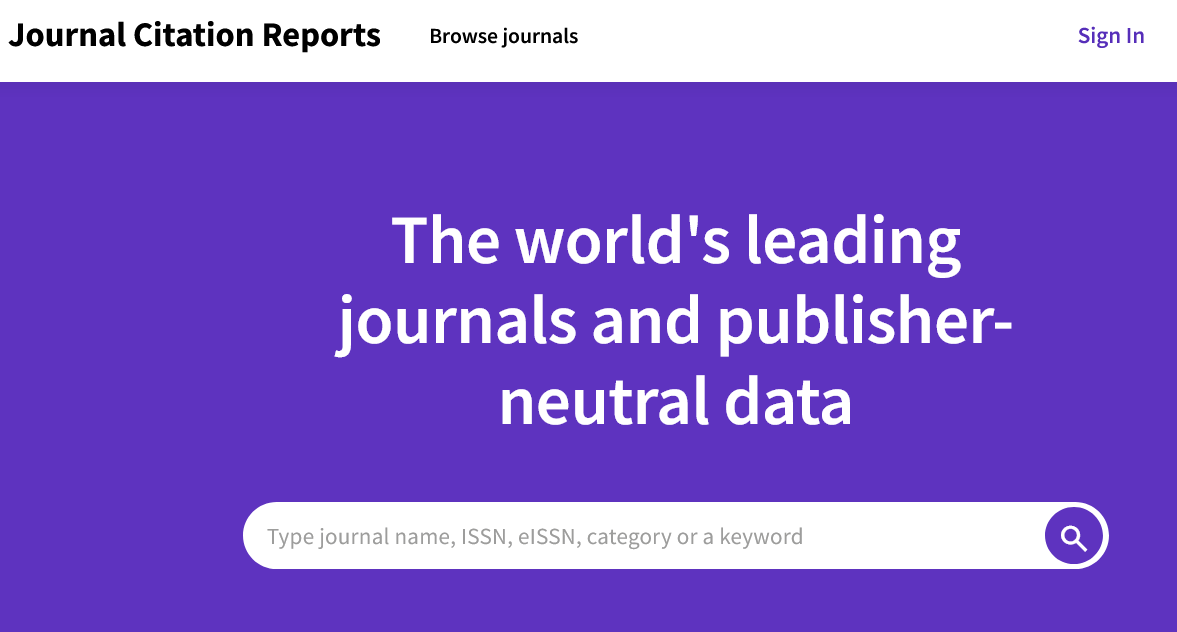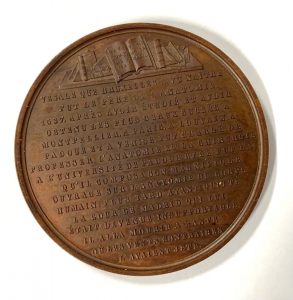The HSLS Staff News section includes recent HSLS presentations, publications, staff changes, staff promotions, degrees earned, etc.
Names in bold are HSLS-affiliated
Publications
Michele Klein-Fedyshin, Research and Clinical Instruction Librarian:
Pruskowski JA, Patel R, Nguyen K, Scolese C, Klein-Fedyshin M, Brazeau G. A Systematic Review of Palliative Care Content in the Doctor of Pharmacy Curriculum. Am J Pharm Educ. 2021 Jun;85(6):8468. doi: 10.5688/ajpe8468. Epub 2021 Feb 24. PMID: 34315708.
Helenmary Sheridan, Data Services Librarian:
Sheridan H, Dellureficio AJ, Ratajeski MA, Mannheimer S, Wheeler TR. Data Curation through Catalogs: A Repository-Independent Model for Data Discovery. Journal of eScience Librarianship 2021;10(3): e1203. https://doi.org/10.7191/jeslib.2021.1203.
Samuel S, Moore M, Sheridan H, Sorensen C, Patterson B. Touring a Data Curation Network Primer: A Focus on Neuroimaging Data. Journal of eScience Librarianship 2021;10(3): e1204. https://doi.org/10.7191/jeslib.2021.1204. Continue reading


 HSLS offers classes in a wide array of subjects—molecular biology, database searching, bibliographic management, and more! You can quickly view all
HSLS offers classes in a wide array of subjects—molecular biology, database searching, bibliographic management, and more! You can quickly view all 
 Have you ever looked at the
Have you ever looked at the  Medals, unlike coins, or at times tokens, are not monetary instruments. They are frequently used to commemorate people, events, or things. As a perfect medium, and due to their permanence, they pass along information about past events and man’s achievements to future generations.
Medals, unlike coins, or at times tokens, are not monetary instruments. They are frequently used to commemorate people, events, or things. As a perfect medium, and due to their permanence, they pass along information about past events and man’s achievements to future generations. I am retiring as HSLS Library Director, effective July 1, 2021. Except for two years away*, I have been at Pitt in one role or another since 1969: first as an undergraduate, then as a “personal librarian” to the chair of psychiatry, next as Librarian and Library Director at Western Psychiatric Institute & Clinic (now UPMC Western Psychiatric Hospital), and finally as Associate Director, Interim Director, and Director of HSLS. If you prick my finger, I bleed blue and gold. I have had a wonderful career, and have appreciated the opportunities that I have enjoyed at Pitt. I cherish the friendship, collegiality, and expertise of our HSLS staff and the Pitt community, and I am enormously proud of our accomplishments as a leading health sciences library on the national scene.
I am retiring as HSLS Library Director, effective July 1, 2021. Except for two years away*, I have been at Pitt in one role or another since 1969: first as an undergraduate, then as a “personal librarian” to the chair of psychiatry, next as Librarian and Library Director at Western Psychiatric Institute & Clinic (now UPMC Western Psychiatric Hospital), and finally as Associate Director, Interim Director, and Director of HSLS. If you prick my finger, I bleed blue and gold. I have had a wonderful career, and have appreciated the opportunities that I have enjoyed at Pitt. I cherish the friendship, collegiality, and expertise of our HSLS staff and the Pitt community, and I am enormously proud of our accomplishments as a leading health sciences library on the national scene.